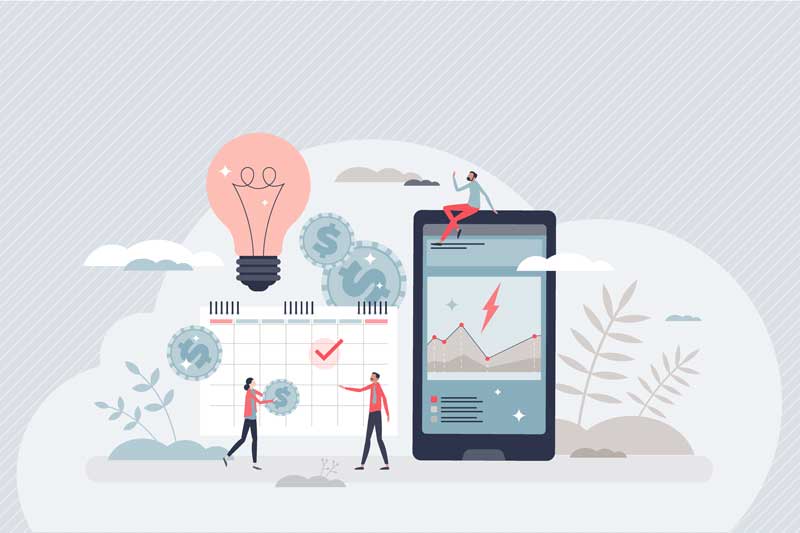An estimated 1 in 6 American households, or roughly 20 million U.S. households, are already behind on their utility bills after a scorching summer and before the cold winter has begun. In addition, the U.S. Energy Information Administration says natural gas prices are expected to jump 28% this winter, perpetuating the crisis.
Prices are going up for pretty much everything, but if people can’t heat their homes, safety and health issues come into play. For example, the report states that California’s PG&E Corp. saw a more than 40% jump in the number of residential customers behind on payments since February 2020. Across the country, New Jersey’s Public Service Enterprise Group saw an extra 30% of customers who were at least 90 days late.
“People are going to be looking at big increases,” Mark Wolfe, the National Energy Assistance Directors’ Association executive director, told The New York Times. Wolfe’s organization projects that heating costs will rise 12% nationally, outpacing inflation.
Temperatures drop, but prices rise
New York City utility provider Con Edison projected that a typical customer’s electric bill in its territory would increase 22% this year, averaging $116 a month compared to $95 a month last winter. In addition, Con Edison predicts a 32% jump, to $460 a month, from $348 a month last winter for its customers who use natural gas for heating and cooking.
“We recognize it’s a hardship,” said Jamie McShane, a Con Edison spokesman.
Prices are rising, but the temperatures in the area are dropping. The Farmers’ Almanac predicts December to be “stormy and cold nationwide,” with the East under “an active storm pattern.”
January could bring “one of the coldest outbreaks of Arctic air we have seen in several years.”
“We’re in a potential perfect storm,” Rocco Lacertosa, the chief executive of the New York State Energy Coalition, told The New York Times. “I hate to say that, but I’m concerned about consumers. I’m concerned about dealers being able to do what they need to do and pay their own bills.” As for the direction of energy prices, “I’m not going to be that optimistic right now,” he said.
It’s not just New York. According to a representative for Appalachian Power, Virginia’s monthly bill for the average residential customer using 1,000 kilowatt-hours will go from $123.33 to about $157 by the end of the year. About 60% of the regional hike is related to higher fuel costs.

A tough winter in the U.S. and Europe
In Europe, natural gas prices have drastically spiked because of the Russian invasion of Ukraine. Across the pond, policymakers have started aid programs for families who can’t afford to pay to keep the lights on.
But in the U.S., the focus has been on the gas price for cars, not electricity. The American Rescue Plan, approved last year, set aside $4.5 billion in addition to almost $4 billion from the Home Energy Assistance Program. New York State has its own forgiveness program, with more than $800 million available to wipe out past-due utility bills for low-income households. But it all still might not be enough.
As a result, many families are having their power turned off by utility companies.
How to cope
For utility companies trying to help customers, take a page from Con Edison, which released its winter forecasts early to help customers prepare and save.
From a customer’s perspective, refrain from dangerous solutions such as space heaters, which can easily catch fire if left running for too long.
To help save on your household bill, cover your windows with thermal curtains and ensure no air is leaking, as 30% of a home’s heat is lost through windows.
Playing with your thermostat can help, too. Turning it down 7 to 10 degrees for up to 8 hours can help you save up to 10% on your annual energy bill. Be sure to lower the heating to the lowest bearable level at night, while you’re out at work, or when you’re away for a longer period of time.
- 87% of Utilities Have Experienced at Least One Data Breach in Last Three Years - February 5, 2024
- Can Drones Lower Your Next Utility Bill? - January 10, 2024
- Onshore Wind Farms Are The Next Big Thing In Renewable Energy - December 6, 2023



